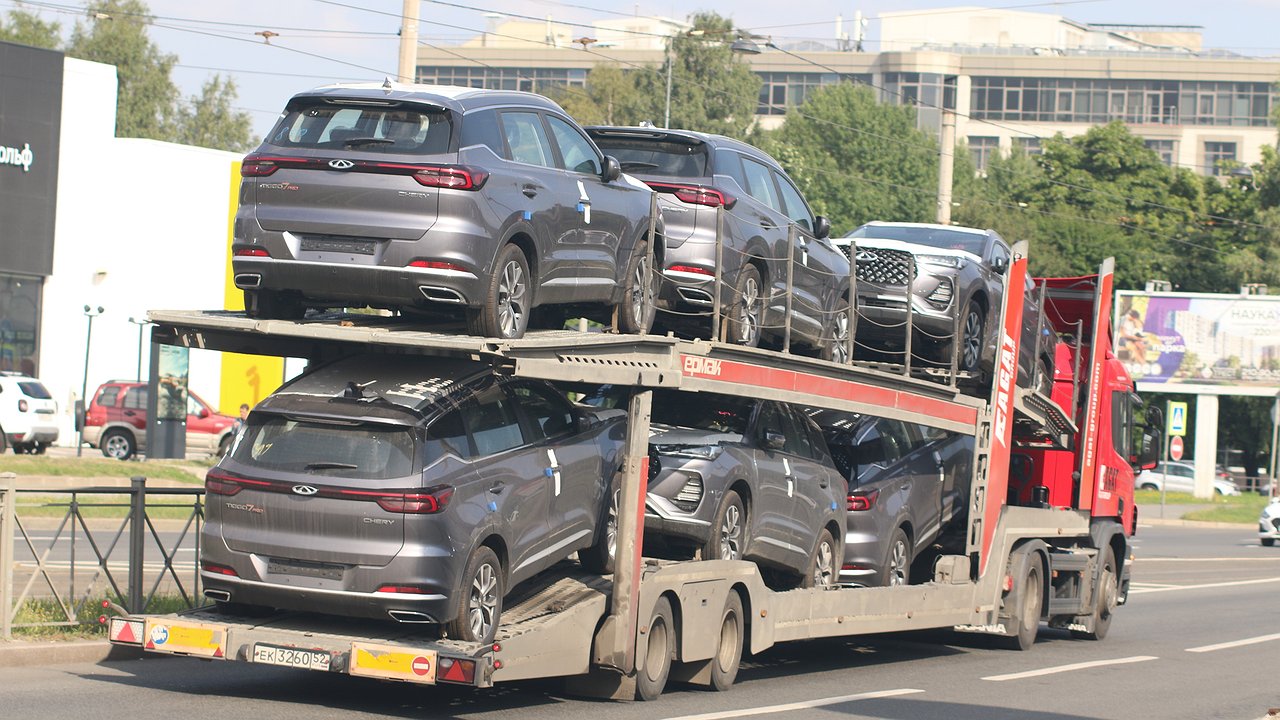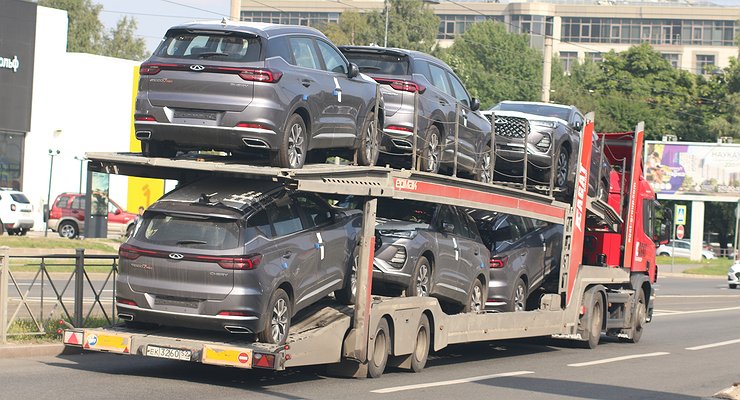Do not even hope: “gray” car imports to Russia doomed to extinction
- March 15, 2023
- 0
The Russian car market is not alive now, but rather surviving. In circumstances where 46 out of 60 car manufacturers actually left us at once, the shortage of
The Russian car market is not alive now, but rather surviving. In circumstances where 46 out of 60 car manufacturers actually left us at once, the shortage of


For nearly all three of the first quarters of 2022, many Russian dealers still hoped for the opportunity to “sit out and turn around” until all of these Western sanctions and other fallout from the special operation resolved themselves. So far, for example, you can get by with individual sales (at high prices) of foreign cars from old stocks and the importation of small batches of “gray” cars to Russia.
But at the moment, even the most notorious optimists have become clear that “that’s all” – for a long time. And very many have realized that the end of their business is already very close. After all, even the 70,000 cars imported through parallel imports in 2022 are clearly not enough for all Russian car dealers – for several thousand organizations with a similar profile.
– Parallel import of cars is commercially inconvenient for everyone. Both the importer and the final buyer. For this reason, it will never get a significant spread. Larger scales than now should not be expected, – says the chairman of the board of directors of the BN-Motors group of companies and vice president of the Russian Automobile Dealers Association, Alexei Podshchekoldin.
Any car manufacturer without enthusiasm will accept any attempt to trade their products without its permission. A car is an easily recognizable commodity. At least by VIN number. With this you can always find out for which market a particular car was originally produced and ask yourself: why is it in a car dealership of a completely different country?
This allows the manufacturer to easily monitor and, if necessary, “cut off” all channels of “parallel” deliveries of vehicles of Korean or German brands – for example, from Kazakhstan or China. And no Ministry of Industry and Commerce will do anything about it. Even if he adds all known car brands in the world to the departmental “parallel import lists”. As a result, Russian dealers have few ways to survive. And they “stirred”, leaving hope “to wait”.
The largest, most powerful and most competent have the opportunity to formally become car manufacturers, but in fact major distributors of Chinese cars by organizing their SKD assembly. For example, Avtodom, which bought the Mercedes-Benz assembly plant in the Moscow region, or Avilon, which plans to become the owner of Volkswagen production facilities in the Kaluga region, is clearly following this path.
But BN-Motors is going to organize an SKD assembly of an affordable Chinese car in the Bryansk region. Apparently, in 2023, the public will learn about the launch of such projects. And they won’t be able to fully earn until next year. The same car dealers, incapable of such a business breakthrough, will go (or have already begun) to trade “Chinese” and AVTOVAZ products.
Other organizations will either close down, become resellers of used vehicles, or limit their activities to the functions of an independent service station, or import individual copies of niche cars into Russia at a high price. For example, American pickups and SUVs or exclusively premium “Germans” – through complex and costly parallel import schemes. Which in time will take its rightful place – in the backyard of the Russian car trade.
For nearly all three of the first quarters of 2022, many Russian dealers still hoped for the opportunity to “sit out and turn around” until all of these Western sanctions and other fallout from the special operation resolved themselves. So far, for example, you can get by with individual sales (at high prices) of foreign cars from old stocks and the importation of small batches of “gray” cars to Russia.
But at the moment, even the most notorious optimists have become clear that “that’s all” – for a long time. And very many have realized that the end of their business is already very close. After all, even the 70,000 cars imported through parallel imports in 2022 are clearly not enough for all Russian car dealers – for several thousand organizations with a similar profile.
– Parallel import of cars is commercially inconvenient for everyone. Both the importer and the final buyer. For this reason, it will never get a significant spread. Larger scales than now should not be expected, – says the chairman of the board of directors of the BN-Motors group of companies and vice president of the Russian Automobile Dealers Association, Alexei Podshchekoldin.
Any car manufacturer without enthusiasm will accept any attempt to trade their products without its permission. A car is an easily recognizable commodity. At least by VIN number. With this you can always find out for which market a particular car was originally produced and ask yourself: why is it in a car dealership of a completely different country?
This allows the manufacturer to easily monitor and, if necessary, “cut off” all channels of “parallel” deliveries of vehicles of Korean or German brands – for example, from Kazakhstan or China. And no Ministry of Industry and Commerce will do anything about it. Even if he adds all known car brands in the world to the departmental “parallel import lists”. As a result, Russian dealers have few ways to survive. And they “stirred”, leaving hope “to wait”.
The largest, most powerful and most competent have the opportunity to formally become car manufacturers, but in fact major distributors of Chinese cars by organizing their SKD assembly. For example, Avtodom, which bought the Mercedes-Benz assembly plant in the Moscow region, or Avilon, which plans to become the owner of Volkswagen production facilities in the Kaluga region, is clearly following this path.
But BN-Motors is going to organize an SKD assembly of an affordable Chinese car in the Bryansk region. Apparently, in 2023, the public will learn about the launch of such projects. And they won’t be able to fully earn until next year. The same car dealers, incapable of such a business breakthrough, will go (or have already begun) to trade “Chinese” and AVTOVAZ products.
Other organizations will either close down, become resellers of used vehicles, or limit their activities to the functions of an independent service station, or import individual copies of niche cars into Russia at a high price. For example, American pickups and SUVs or exclusively premium “Germans” – through complex and costly parallel import schemes. Which in time will take its rightful place – in the backyard of the Russian car trade.
Source: Avto Vzglyad
Donald Salinas is an experienced automobile journalist and writer for Div Bracket. He brings his readers the latest news and developments from the world of automobiles, offering a unique and knowledgeable perspective on the latest trends and innovations in the automotive industry.